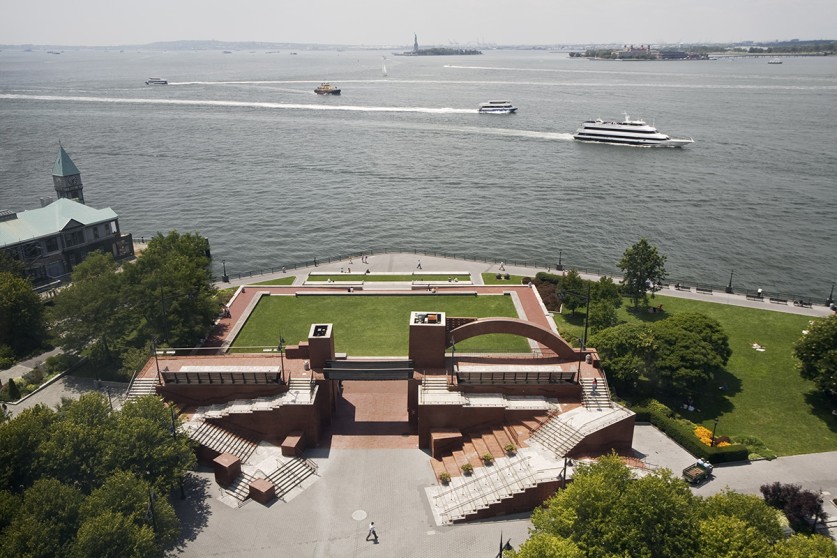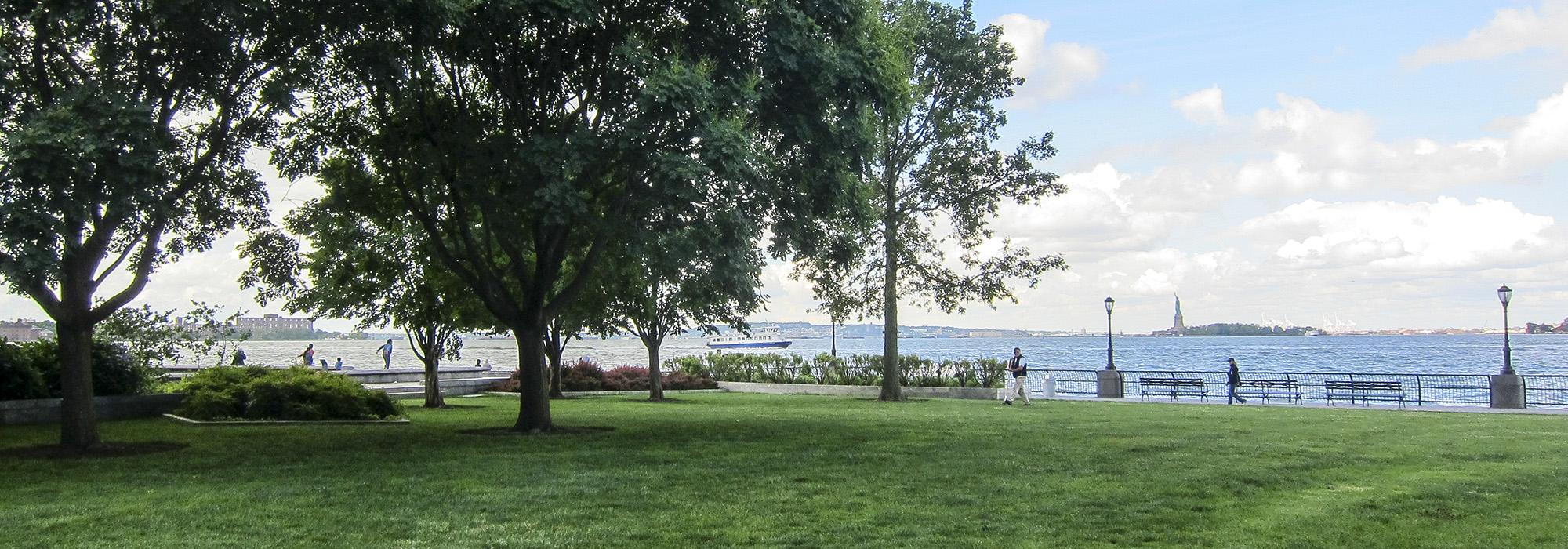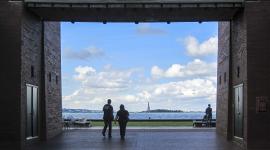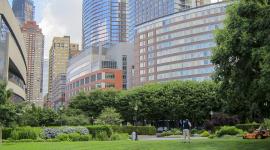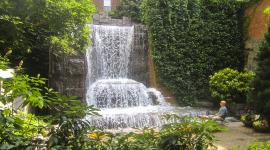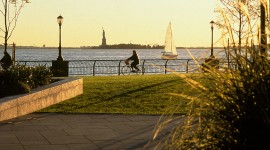Landslide Update: New York City’s Robert F. Wagner, Jr., Park
Advocates for the 3.5-acre Robert F. Wagner, Jr. Park in New York City’s Battery Park City, designed through a collaboration involving project lead Laurie Olin with Hanna/Olin, Lynden Miller, and Machado and Silvetti Associates, received the devastating news this week that destruction of the iconic public space was underway. The Battery Park City Neighborhood Association (BPCNA), a volunteer-run non-profit, made the announcement and confirmed that they voluntarily agreed to cease legal actions. The group had filed a lawsuit against the Battery Park City Authority (“Authority”) in December 2022, after the Authority summarily ignored an alternative design that would have largely preserved the space. Judge Sabrina Kraus ruled against the BPCNA in February of this year, stating that the Authority was not required to consider alternative plans for the site.

First designated as an at-risk Landslide site by The Cultural Landscape Foundation (TCLF) in 2017, Wagner Park is part of the 92-acre mixed-use Battery Park City community that was built on landfill created from New York Harbor dredge and the excavation of the World Trade Center site. Named after the adjacent Battery Park, the community houses numerous residential, commercial, and retail buildings and nearly 36 acres of parks and open space. Upon its opening in 1996, the project was heralded by Paul Goldberger in the New York Times as “one of the finest public spaces New York has seen in at least a generation.” A significant work of Postmodern design, the park is also home to sculptures by Louise Bourgeois, Tony Cragg, and Jim Dine. Divided in half by a multi-level brick structure featuring a pair of pavilions, the park’s eastern side faces the city: an open plaza is flanked by two allées of maple trees and punctuated with contemporary sculpture. The pavilions, which house a restaurant and public amenities, offer access to the park’s waterfront side. Visitors can either ascend to roof decks that overlook the park and offer panoramic views of the Hudson River or enter the park at grade through a framed opening on axis with the Statue of Liberty in New York Harbor. West of the pavilions, the park comprises a rectangular lawn, planting beds, and groves of trees. Contrasting with the densely planted native perennial and seasonal beds found elsewhere in the park, the billiard-like lawn is framed by a generous wood bench. Amphitheater-style seating composed of marble step seats overlooks the river and an esplanade connects Wagner Park to Battery Park City. It is simultaneously a gateway to Battery Park City and an exclamation point at its end. TCLF reasoned in 2017 that, despite being less than 50 years old, the park was worthy of assessment as an historic resource for potential listing in the National Register of Historic Places.
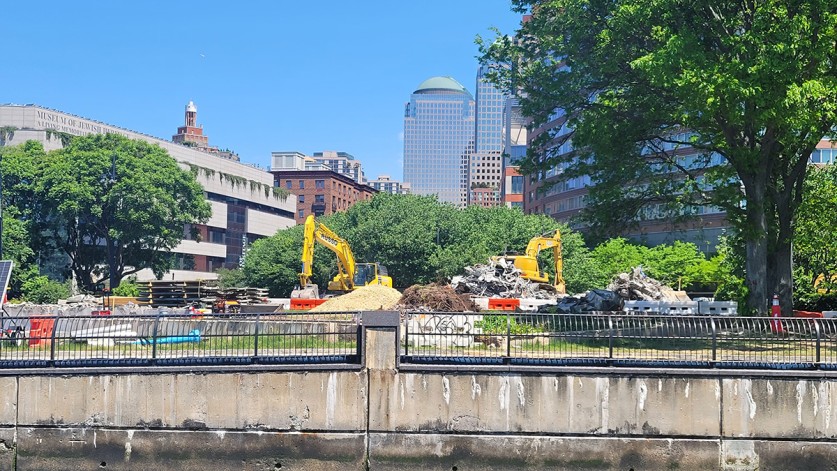
The Authority has overseen the entire Battery Park City campus since 1968. Following extensive and devastating flooding in lower Manhattan caused by Hurricane Sandy in 2012, the Authority expressed a desire to replace Wagner Park with one that better aligns with resiliency measures. According to the local media outlet the Broadsheet, the Authority’s “preliminary outline for reconfiguring Wagner Park to withstand flooding during future extreme weather events calls for demolishing the pavilion that currently occupies the center of the park (and houses Gigino’s Restaurant and the public rest rooms), replacing it with a larger structure, and erecting on either side a series of columns that will support deployable walls to hold back rising waters.” Significantly, while Hurricane Sandy’s storm surge did reach Wagner Park’s lawns, its buildings did not flood. In fact, the park was built to withstand a 100-year flood and did so. Laurie Olin told TCLF in 2017 that "following our 1979 master plan with Alexander Cooper we raised the entire site above what we understood the 100-year storm to be plus we added a surcharge (additional height) for storms and high tides." By contrast, adjacent sites were flooded. “We all believe in climate change and that we must take action to address climate risk,” says BPCNA board member Britni Erez. “Our ask as a community, from the start, was to preserve our trees, green space, and park. Thanks to world renowned experts, there was an alternative plan that would have achieved both. We still do not understand the rationale behind choosing the most destructive, carbon emitting and expensive project possible.” A revealing detail included in the Broadsheet coverage (among the clamorous declarations about resilience) noted that in the Authority’s plan, “the restaurant would grow from the current 3,450 square feet to as much as 10,000 square feet.”
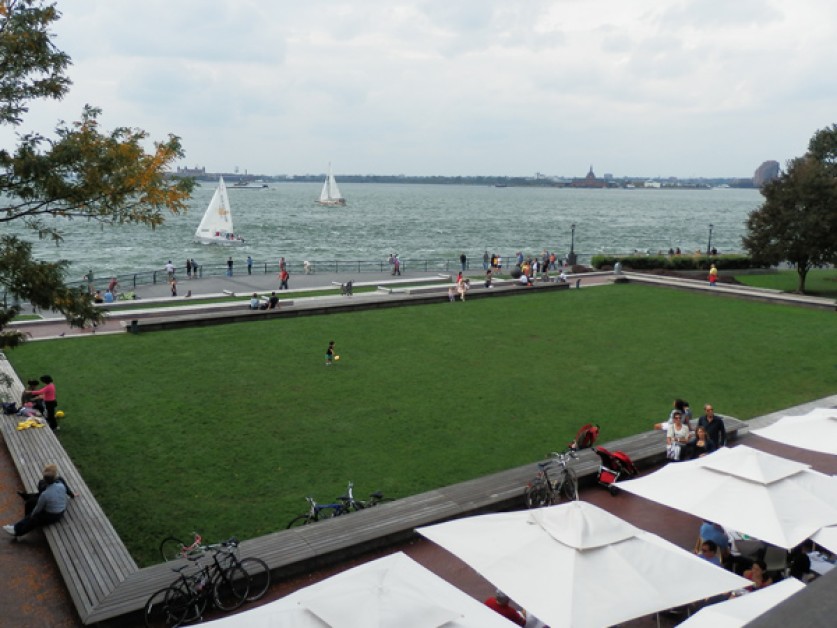
In 2021, Battery Park City faced additional threats when Governor Cuomo and the Authority attempted to insert a concrete memorial into the park by paving over a green space in Rockefeller Park. The BPCNA was formed in June 2021 to oppose the plan and advocate for the park. Community pressure resulted in an apology from the Authority and a commitment to find an alternative plan for the memorial, but the entire project was abandoned shortly after Governor Cuomo resigned from office. On the back of this success, the BPCNA mobilized in 2022 to protect Wagner Park.
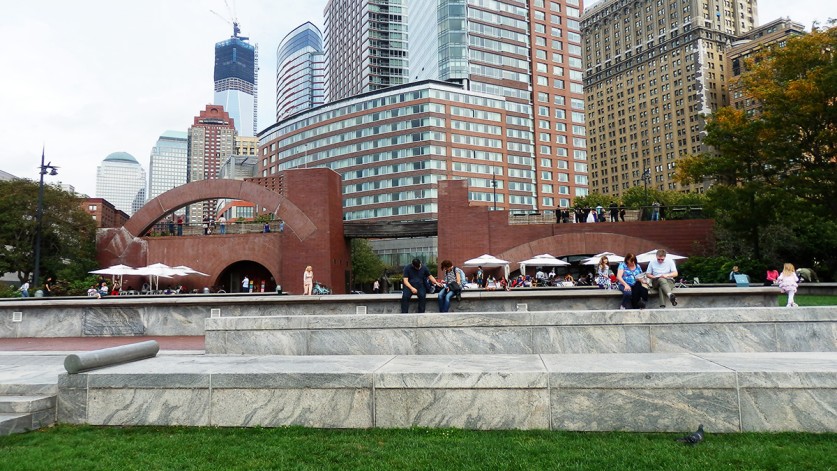
Following the disappointing ruling by Judge Kraus in February 2023, BPCNA partnered with leading environmental groups to mount a pressure campaign aimed at state and local officials. Groups including the Sierra Club wrote letters to Governor Kathy Hochul urging her to intervene to prevent the demolition.
The decisions by Judge Kraus and the Authority have been a disappointment to the park’s surrounding community. “Battery Park City residents are saddened by the loss of Wagner Park, a park whose uniquely beautiful location and oasis-like design mirrored the character of our community,” said resident Greg Sheindlin. “We hope that those vested with the responsibility to redevelop the park – originally created by world renowned architects and landscape architects – will respect its grandeur by retaining masters of equal caliber to design its successor.” The BPCNA will continue to receive donations that will support sustained advocacy.
